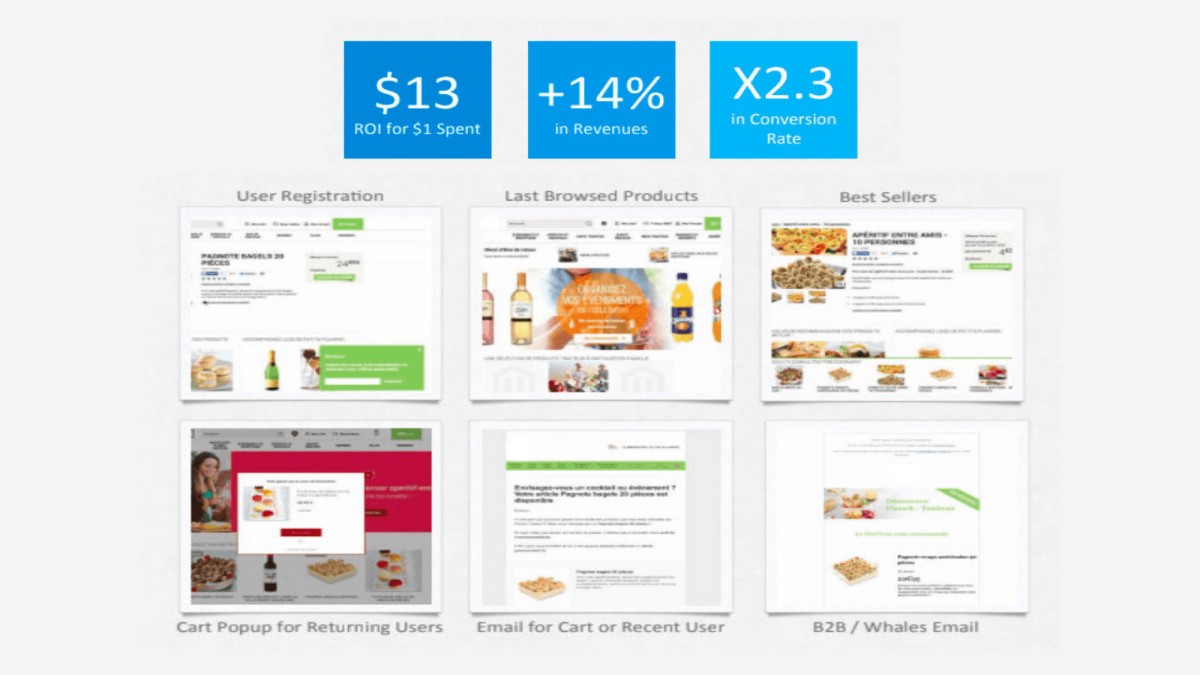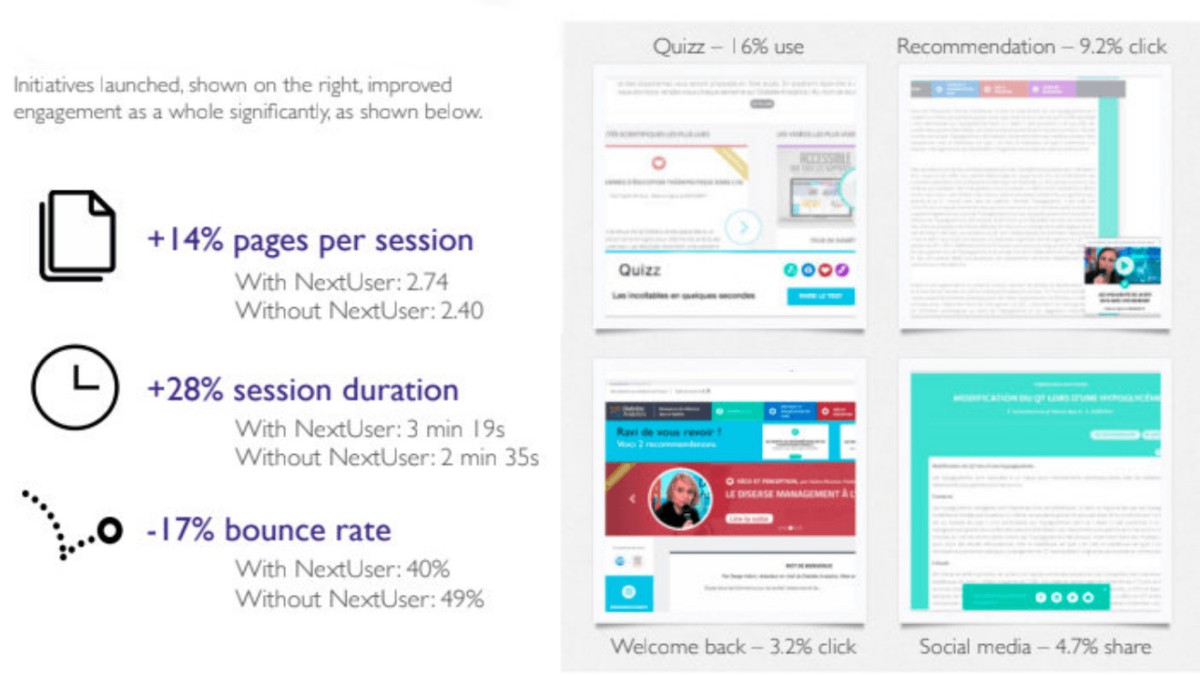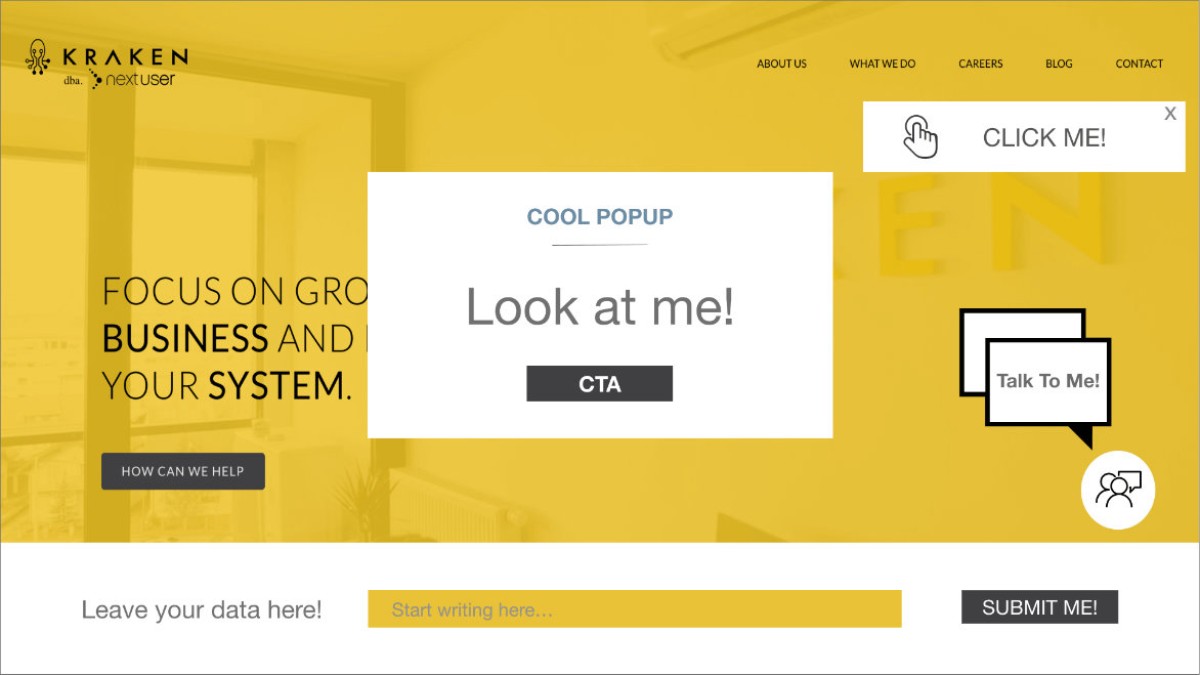Are popups bad for your business?
Of course, they are, right? They are annoying, they can block a better part of the page you are on, and they tend to appear in the worst possible moment. If you are reading this on Medium and you aren’t logged in, there is a chance that at least 20% of your screen is covered with a banner or a pop-up urging you to sign up. To fight this, some of you are even using an ad blocker or similar browser extension, although they can block stuff which could potentially be useful to you as well.So we can all agree that blockers are not a perfect solution at the end.
After reading this, the next obvious question would be: If pop-ups are so bad, why in God’s name are people still using them? To answer this we should first travel back through time to the disco years of the 1990s when the first pop-up was born.
How the popup was created

The year was 1999. The man behind the first pop-up was Ethan Zuckermann who worked as a designer and programmer for the website called tripod.com which operated as a website-hosting provider and some sort of early social network for college students and young adults. This was a few years even before Myspace appeared.
At that point, Tripod’s revenue came from showing targeted ads on their user’s personal homepage. Back then, the content of those ads was shown directly on the user’s page and was usually associated with the Tripod brand. But after one big car company made a big fuss over the banner on their page with an ad promoting adult content this was not the desired outcome anymore and the “pop-up” project was born.
The main idea behind the project of creating a marketing pop-up was that the content of the ads wouldn’t be shown directly on the user’s page anymore. Like every good programmer would do, to solve that problem Zuckermann sat behind the computer, wrote the code and deployed the world’s first pop-up. So in the end, we can thank Ethan Zuckermann and pornography for pop-ups creation.
This quickly led to the dark era when pop-ups with all sorts of irrelevant ad content started invading your screen from all directions making you maniacally click all over the place trying to catch them. And don’t make me start about the fake close buttons. Hopefully, this time is long behind us and we did learn that pop-ups, when designed well, have enough good sides for us to continue using them.
It’s not all bad

One of the biggest advantages of pop-ups is their ability to quickly draw the attention of the users. Nowadays, when most of the users just scroll through your page, using pop-ups can be a good strategy to show some important content or offer your users an extra value. Exit intent pop-ups or triggered-on-scroll banners are going to be especially good for that. Pop-ups can be made in so many different types that it’s really easy to integrate them on your site and at the same time keep your page clean. No more ads and CTA’s all over your page, do it with pop-ups.
Most important of all, pop-ups increase conversions. Good people at sumo.com have made an analysis on 1,754,957,675 pop-ups and found out that on average pop-ups had a conversion rate of 3.09%, and that for well thought of and designed pop-ups the conversion rate went up to the staggering 9.28%. Besides conversion, pop-ups can also very effectively increase your user’s session duration, engagement and also decrease bounce rate. Not bad for something that has such a bad reputation.
Use them to your advantage
To make pop-ups work for you, you have to be smart about them. Plan them, define your KPI’s well, use A/B testing to see what works for your users before deploying them out into the wild. Let their design stand out, but don’t go overboard. You want them to complement your site, both on mobile and desktop, not to make your users run in fear and panic. And for God’s sake, make them responsive. It’s 2019! To achieve your goal you don’t need to display them to a user on every page load. Once per session is good enough for most types of pop-ups (and user types as well).
When writing the copy for your pop-up, try not to tell your whole life story inside one small pop-up. Make the copy short and concise. Think about that sentence or two inside your pop-up. The user will decide in a second or two will he click on that close button (which you should always have) or will he take the action you want. Context is the king here. When the pop-up is somehow connected to the user’s activity at that moment, the chances of conversion are much bigger.
Real life success stories

Here at KrakenSystems, we work with NextUser on building 1:1 web personalizations for clients from Fortune500 list so we have a good amount of experience with pop-ups design. For example, by creating several personalizations for company X* that has online and offline food stores and offers catering services, we have managed to achieve 2.3 times growth in conversion rate, 14% in revenue and 13$ return on investment for every 1$ spent. Most of them relied on some form of pop-up like cart abandonment pop-up for returning visitors, last browsed container on top of the page or email collection notification for newsletter signup.

Similar results are achieved working with company Y* whose website aims to provide information to health professionals on diabetes. Using a quiz with questions relevant to the site content, content recommendations, social media sharing pop-ups and welcome back personalizations made for returning visitors, their bounce rate was decreased for 17%, session duration per user was 28% longer and on average users have visited 14% more pages per session.
And the answer to the question is…
So, in the end, we can finally give the answer to the question from the title and that answer is - it depends. It depends on how much effort you put into it. Plan it well, follow best practices and results will surely come. Skip all that and watch how your annoyed users are popping into your competition.
*fake company name

